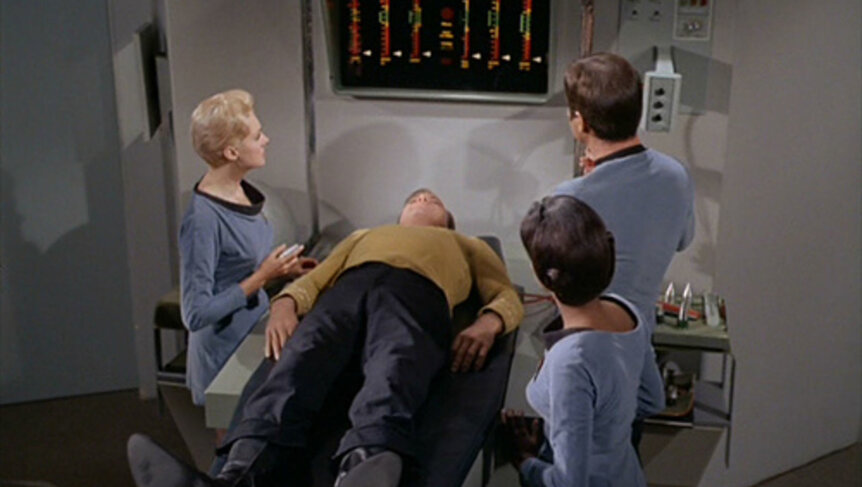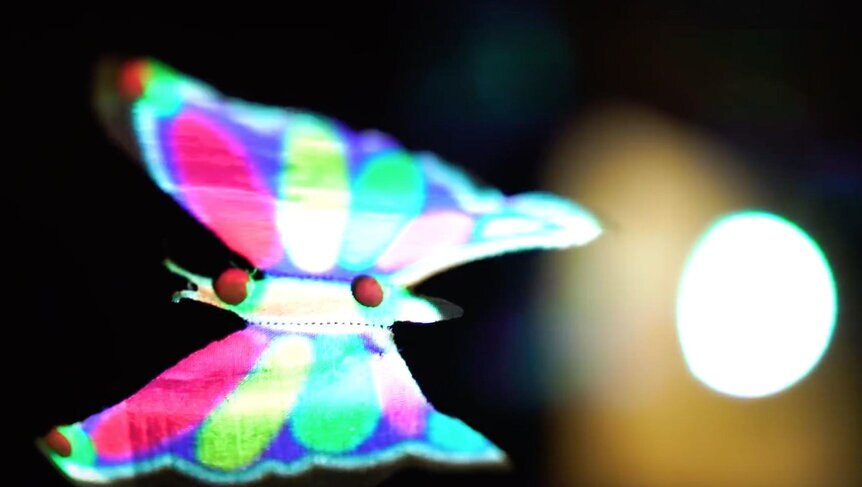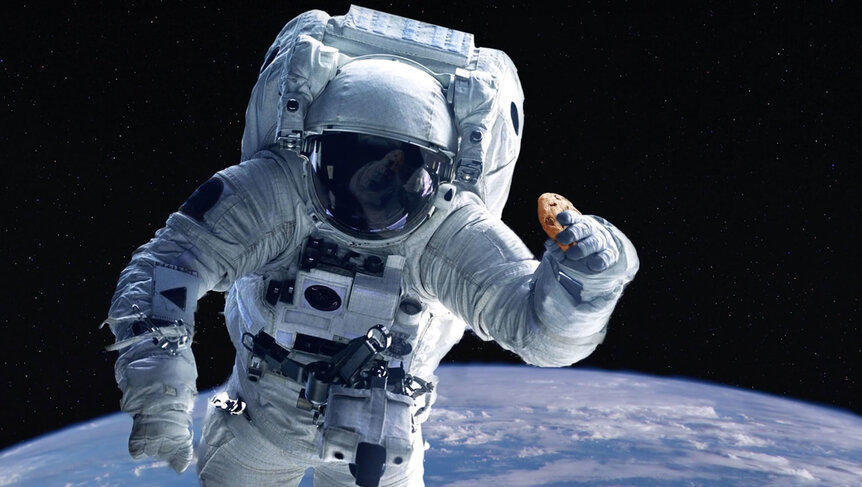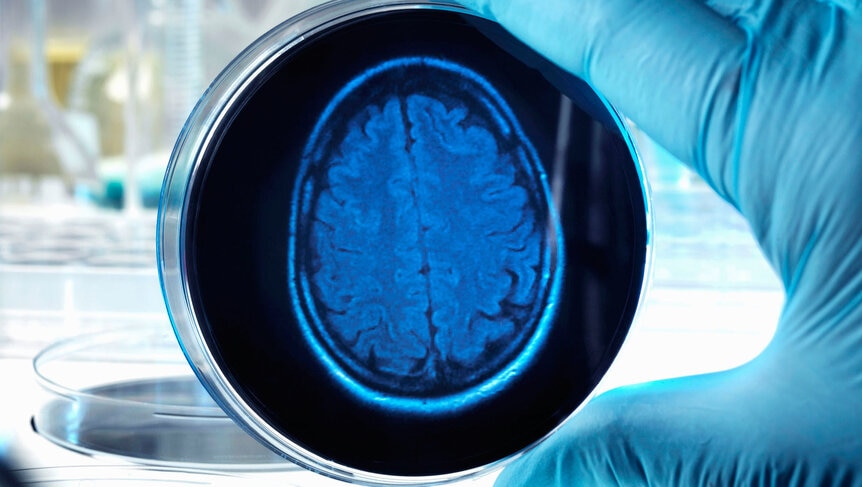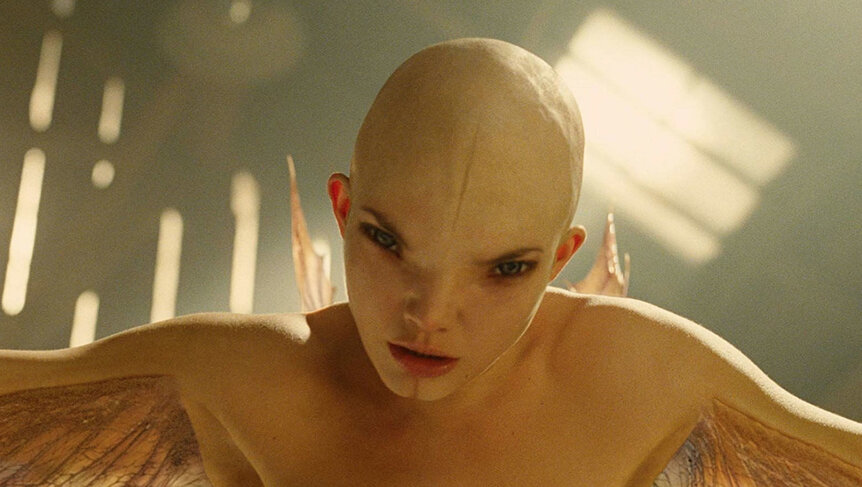Create a free profile to get unlimited access to exclusive videos, sweepstakes, and more!
Suspended animation, you say? The biggest and freakiest scientific breakthroughs of 2019

Sci-fi is obviously bizarre. You see phenomena like parallel universes, holograms, suspended animation, human-animal hybrids, zombification ... wait. Things that once could only exist on a movie screen have now been invented in a lab or spawned on a petri dish. If there is one thing this past year taught us, it’s that actual science can be weirder than science fiction.
Whether they give you Avengers: Endgame realness or Doctor Who déjà vu, or make you wonder what kind of Star Trek type of future we’re hurtling toward, the most incredible scientific discoveries we’ve unearthed in 2019 should blow your mind just a little.
Suspended animation, enough said
While we can’t yet just freeze human animation for a journey to Mars, doctors have made an incredible breakthrough. Acute trauma can escalate to cardiac arrest in minutes, but Dr. Samuel Tisherman and his team have figured out how to stop death in its tracks by inducing a near-death state. The process of emergency preservation and resuscitation (EPR) is a way of buying surgery time for patients suffering from potentially fatal injuries. Being that close to the brink and actually waking up is nothing short of unreal.
Holograms you can actually touch
Sure, the holograms in Star Wars look real enough, but actual holograms go beyond special effects and into hardcore physics. The newest holograms on the scene upgrade even that technology, because now anyone who doesn’t believe what they see can actually feel them. To achieve this, a tiny polystyrene bead is trapped in a pocket of low air pressure, which levitates the bead. Its direction can be changed so fast that your brain will perceive those movements as visible — and tangible — shapes.
Defying gravity with dessert (and eventually dinner)
SYFY WIRE was there when Doubletree Hotels launched their famous cookie dough to the ISS along with an oven created especially for microgravity by Nanoracks and Zero-G Kitchen. What’s on the menu for astronauts is pretty limited, and proving that this experiment works could mean that we start seeing space burgers and pizza and just about anything that wouldn’t result in a floating mess. If this works, it could mean anyone headed for the Moon or Mars won’t solely exist on vacuum-packed dinners.
Parallel universes that sound straight out of Avengers
When a physicist who was an advisor on Avengers: Endgame says that infinite versions of you possibly exist, there is going to be no way to unsee or unhear that. Sean Carroll believes that the universe can be in endless superpositions just like electrons used in quantum physics experiments. The only catch is that you have to believe those superpositions are real. While all these universes only exist in theory, that theory has yet to be disproved.
Lab-grown brains and body parts that regenerate
Just when we thought a disembodied brain like Krang from Teenage Mutant Ninja Turtles was impossible, scientists managed to grow “organoid” brains from stem cells. The eerie part is that these brains developed the same kind of spontaneous brain waves observed in premature babies. Nobody is out to create a Krang, but rather use these organoids to study autism and schizophrenia, which is already happening, and eventually Parkinson’s, Alzheimer’s, and other diseases that attack the brain.
Regeneration might not just be for Gallifreyan Time Lords. Humans have been found to have regenerative ability in their cartilage, so even though we can’t grow back entire limbs like an axolotl (yet), this could mean a breakthrough for restoring joint tissues and treating osteoarthritis.
Just the fact that Japan even approved merging human and animal DNA
Humanoid animals are no shock in sci-fi — just think of the terrifying (and seductive) hybrid in Splice (above). But when Japan gave the go-ahead for experiments that will merge human and animal genes this summer, was it going too far? Human DNA will be spliced into animal embryos that will then be implanted into surrogate animal parents. Before you completely freak out, at least the reasoning behind this was that human DNA in animal organs will make it possible for more people to undergo successful organ transplants.
Zombie mammoth cells coming back from the permafrost grave
So maybe dinosaur de-extinction isn’t happening, but cells extracted from a 28,000-year-old frozen mammoth specimen known as Yuka still did something unbelievable. The cells couldn’t divide (which would have meant full zombification) but were actually able to get through some pre-division phases before they finally gave up. It was surprising the cells couldn’t go further on a mummy so intact, so rule out an Ice Age version of Jurassic Park, at least for now.
Google’s ultimate quantum supremacy
Is it any surprise that the company whose search engine took over cyberspace has now birthed the fastest computer processor ever? Google’s 54-qubit “Sycamore” quantum processor can make ridiculously complex computations that would take the next fastest supercomputer on the planet 10,000 years to figure out. Obviously, nobody’s got time for that. This artificial brain could also mean everything from lighter car batteries to lower carbon emissions, which we’re totally here for.
Just about everything Elon Musk did
Next to everything he’s blasted off into space with SpaceX (if it didn't explode first), the futuretech mogul has been advancing a system that could reverse neurological diseases and even make it possible to hook your brain up to AI someday. He also released a swarm of satellites to beam down space internet, and put out a car inspired by James Bond’s Lotus Esprit submarine. Want lasers for windshield wipers? He’s working on that, too.
The thing about Musk is that he’s a fearless innovator when it comes to tech that we only thought we could imagine — or couldn’t even imagine. You also know this is a man who’s serious about building the future when he himself believes he’ll end up living on Mars.
